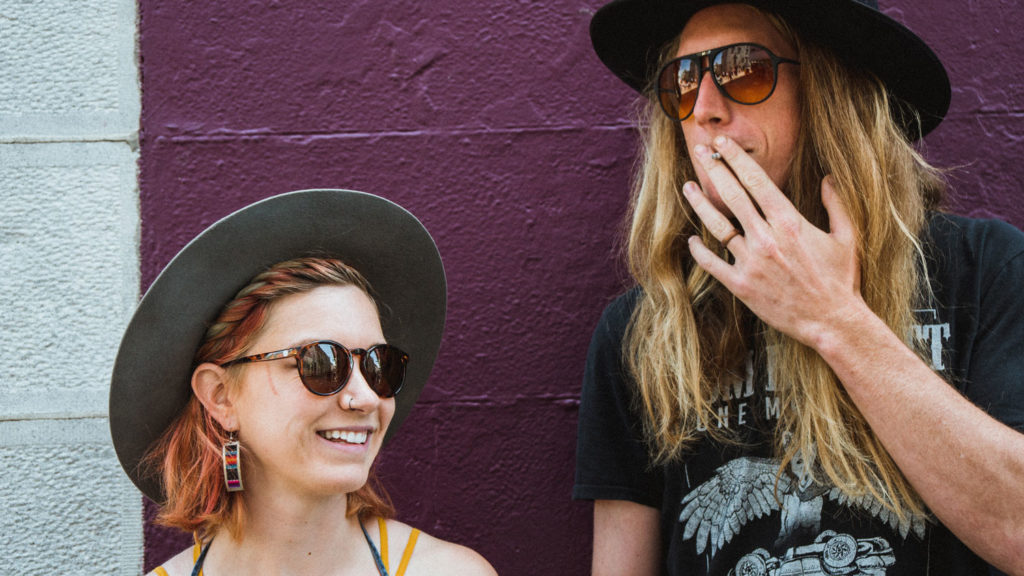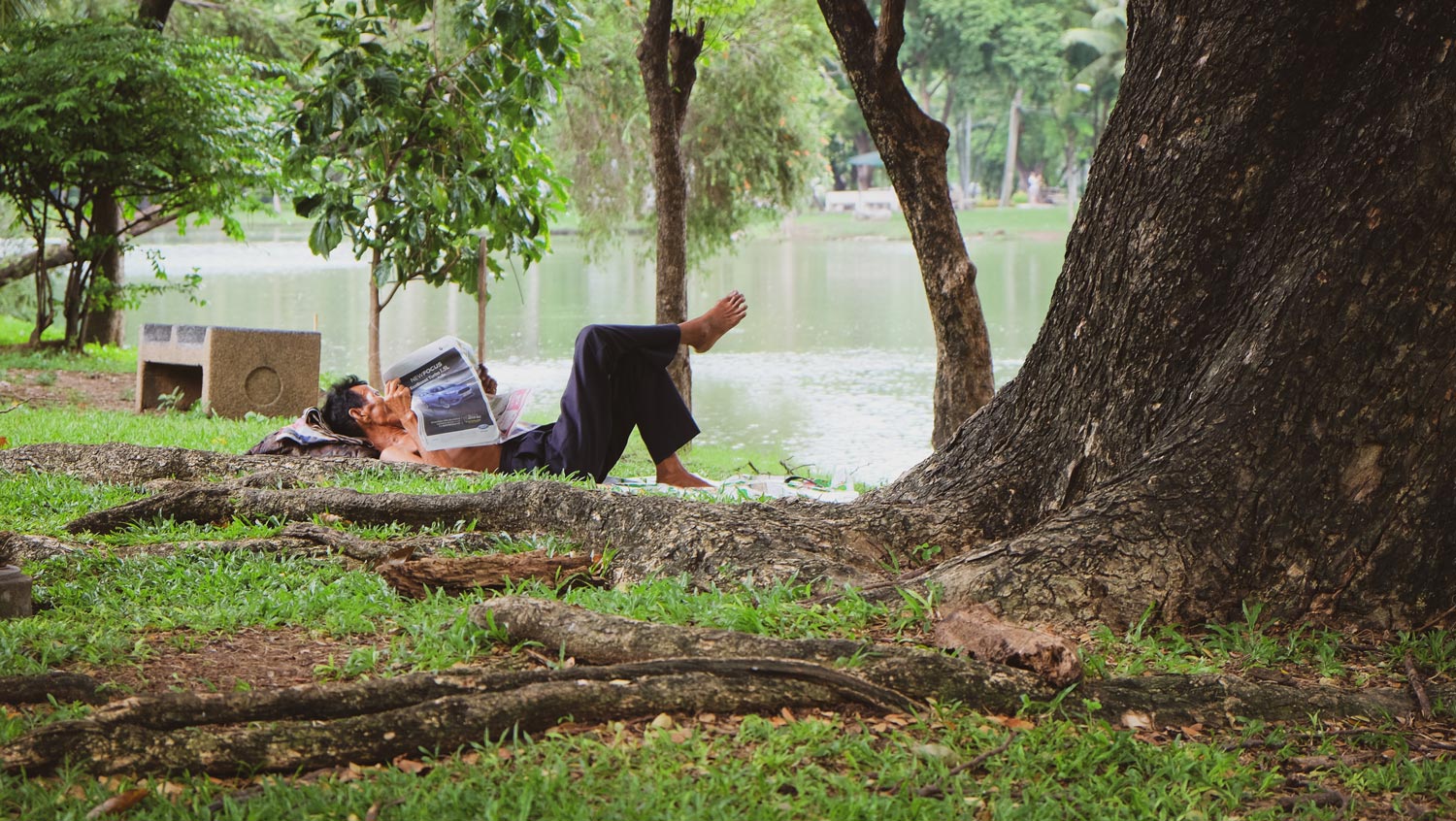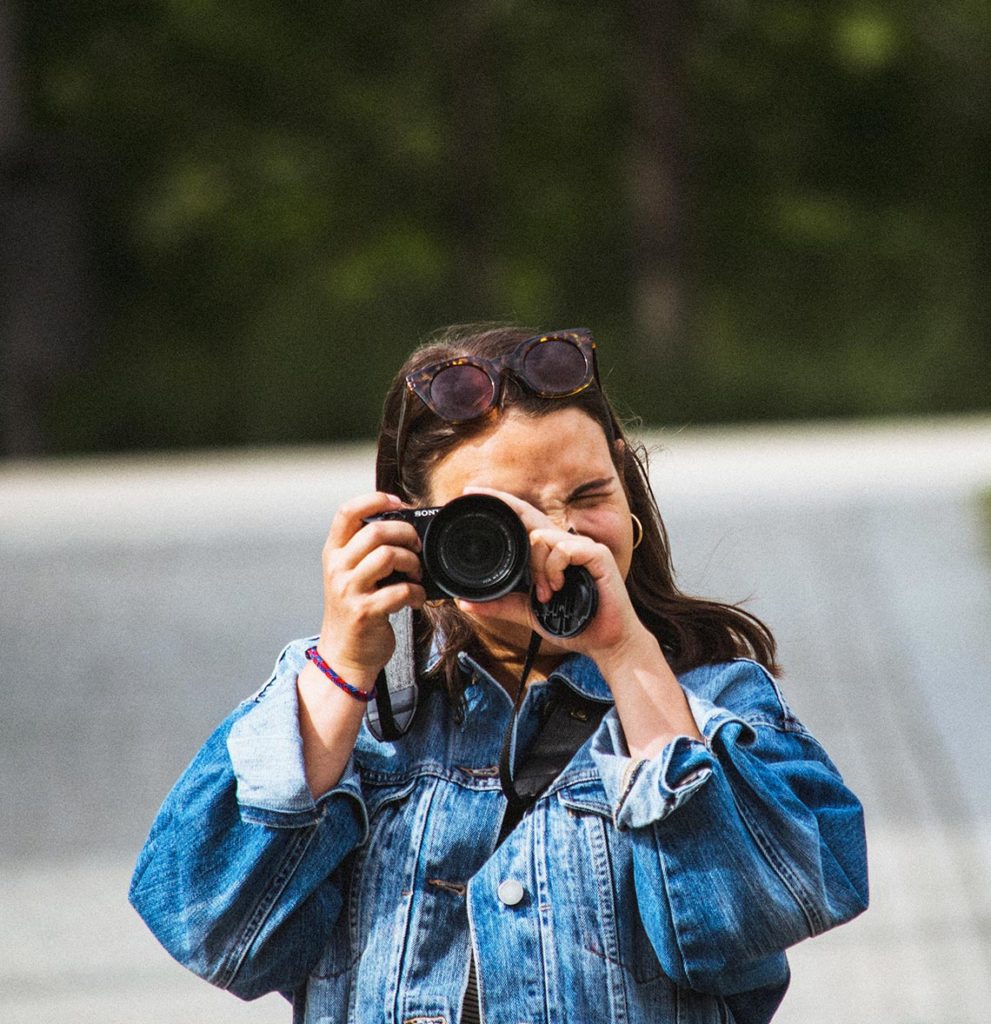When is it OK to take a photo while traveling? When is it not OK?
I ask myself these questions every time I am about to take a picture while traveling. Every time I take my camera with me. More questions are:
Should I even ask before taking a picture of a person at all? Will asking ruin the candid nature of the photo? Is it OK to not ask? Is it OK to take photos of someone’s children? Is it OK to take pictures of poverty? When is it exploitative? Is it OK for me to be in the photo myself? Is it OK for me to take a photo of a remote, beautiful or environmentally fragile place and post it on my social media channels with a geotag?
There are way more questions in my head but you get the point. I think a lot about my surroundings while traveling and especially when I bring my camera with me.
There are no hard and fast rules for ethics when it comes to taking pictures when you travel, but just because you bought a plane ticket doesn’t mean you bought the rights to photograph every person and thing you see on your trip. There is so much to consider when taking photos while traveling, no matter what your subject is.

Seeing the bigger picture – literally
As a traveler you need to see the bigger picture of things. You need to be aware of the fact that as you are traveling you are inevitably invading other peoples space. Do you even have the right to do so? And if so are you really ready to top it up with exploiting all of that by capturing a moment with your camera that will last forever? I roughly touched on my thoughts about respecting foreign cultures while traveling in a previous post. You have to understand that by no means are you entitled to invade other peoples privacy just because you can afford to fly across the globe to be in a certain location. That includes acting entitled while taking pictures.
Integrating yourself into the culture of the country you are visiting is crucial for me to feel a sense of belonging while traveling. Learning at least the basics of the language, informing myself about traditions and social Dos and Donts and etiquette. Talk to the people, go to places off the touristic radar and honor the fact that locals people let you respectfully invade their space.
We need to remember that we are just guests passing through someone else’s home, and that should be greatly respected.
Erin sullivan
So, should you ask?
The question it all comes down to: so, should I ask before a take a picture of someone or not? My answer is Yes. But do I follow this rule without any exceptions? If I am honest, I do not.
Here’s an example: If I am shooting on a telephoto lens at a park and see a man relaxing in the grass and want to capture the moment with my camera, I would think it is the right thing to do for me to walk over to him, ask if I can take his photo, then go back to my spot and get the photo once I have her permission. However, this might change his pose, or he might get confused at why I am going so far away, or the right moment may have passed by the time I go ask him and get back to the spot. There are no clear rules.

I mean let us face it. When you really want that natural behavior of your pictures protagonists you are going to have to deal with the fact that you will not know if they are OK with it. Unless you ask them afterwards of course. But I can tell you one thing. The most uncomfortable feeling is when you take a picture of someone, intentionally or unintentionally, and that person then approaches you, asking you to delete the taken pictures from your camera. Of course you do what you are asked to do in that moment. But I also just wish I would’ve asked for permission in that moment even if it would have killed the candid feeling of the picture.
Interaction > Taking the photo
Traveling for me is all about interacting with people. Although I am still not too much of an extrovert when it comes to approaching strangers I am very much in the moment when I do actually interact with complete strangers. I enjoy the moment and interchange thoughts and sometimes even an Instagram account 😀 But what is not part of this interaction is my camera. It is in my bag. Secured and not ready to take a picture. Because being with this person, with this stranger, is more powerful than any picture could give me.
Don’t forget: People are not exhibits of a museum and you should not treat them like that. Interacting with people, talking to them, sitting with them, learning their names and language is a sign of respect. If you’re just traveling to exploit people and their private space, I encourage you to overthink you intention of traveling and taking pictures. Because that is not what it is about.
Then…what is travel photography about you ask? Well…for me it is compassion, love, respect and seeking inspiration in other peoples stories. Telling a story with a picture is a true skill. You can learn it but for that you have to peel off layers that most people are just afraid to peel off. These people are clouded up by the excitement of traveling that they don’t ask themselves the most crucial question:
Why am I taking the photo?
I hope to communicate the beauty of a person, but not oversimplify their situation. I hope to show the complexity of their culture, not exotify it. I hope to make my viewers think deeper, be blinded by the shine of pictures I take on my travels. I hope to show what is real and true.I never sugarcoat things for my own benefit or the comfort of my audience. And I always hope to be real.
What you intend to communicate is up to you as the artist. Make it a deliberate choice, then do everything you can to bring that intention to life.
Compensation
When is it appropriate to pay someone for taking their photo? Should you even pay at all ever? This can be a complex issue, and may or may not be appropriate depending on context and where in the world you are.
If you took a photo of the guy selling potatoes at a market, then buy a couple potatoes. Yeah, I know you probably have no use for potatoes, but it’s the right thing to do, in my opinion. If you took a photo of a woman selling bracelets she made, buy something. It is a pretty simple thing and creates a relationship with them besides just you taking their photo and leaving like many other tourists might.

This is Wendy. We talked with her at the beach in Bali and loved her scrunchies. I bought a couple and we took a selfie after. You might not believe it but we even connected on Facebook and I still get regular updates on her life in Bali.
Some might argue: There are locals posing in traditional garments for tourists to take their pictures for money in return. You can see this is a rich and deep issue, and I don’t think there is a one size fits all answer.
Selfietime…or maybe not?
Traveling often goes hand in hand with…you guessed it…taking plenty of selfies. It is no secret that in times of social media and the digitalized world the individual is put in focus. I mean… have you really been to a certain place if you haven’t posted about it on social media? Did you really volunteer if you do not have at least one phone with a couple of nonwhite happy smiling kids surrounding you? I am not only referring to the do good stuff, but also just fun and out-of-the-ordinary travel experiences. Did you really eat a fried bug if there isn’t a video of you to prove it? I am not saying this type of imagery is inherently negative. But I want to encourage us to think more about it.
Show respect toward religious sites, statues etc. The same goes for people. If you want a photo of yourself with local kids, ask yourself why. What is the photo about? If you’re in it, then well, at least partly, the photo is about you. I know you probably don’t view other human beings as accessories. So make sure that isn’t what you are accidentally communicating photographically.
Looking back on photos of myself in different places takes me back to that time and is a nice reminder. But I know looking back which ones were with good intentions and the true and deep feeling of respect, and which ones I took so I could later post them on Instagram. At the time, I might have told myself I was taking those photos with clean and clear intentions, but when I reflect back, I know it was just because I wanted to look cool and worldly. You’re the only person to, in those situations, differentiate between what is right and what just feel odd.
So what about editing and posting pictures?
Taking a photo is mostly not the last step in the process. I myself go on to edit the ones that I like and another few of those will probably end up on my blog or Instagram. But how do I decide what is OK to post and what is not?
Always remind yourself what your intention is.
How you edit your photos is your own choice. Your are the artist and you decide. I personally try not to go too far away from how the picture looked before. But the definition of “too far” also is completely up to each and every one of us. There are also digital artist who create astonishing composites with their images. Both ways are completely valid. You just always have to remind yourself what your intention is.
When you post a picture online you send it off to a journey. You have to be aware of the fact that after clicking that PUBLISH button you will never know where this picture ended up or who ended up looking at it. Thoughts like this might seem very big and powerful. With this blog post I hope to spark interest in some of you to go down this path and start evaluating what you are posting online.
Take the featured photo of this post: I took the picture of this Irish girl in Dublin with her permission but does she know that it will end up as a featured photo for this blog post? I can’t be sure about that. But I have made the conscious decision to do so. Her expression delivers the emotions that I were going for in this blog post. I am sure there are many people out there who would disagree with my choice. All I can do is understand and accept that.
Regrets
I assure you that if you talk to any travel photographer that he can at least name one situation where he would want to go back in time and NOT take a certain picture. I am sure that I also have invaded privacy, and even exploited people for the sake of a photo, and that is both selfish and selfinvolved. If this happens to you and you feel as though you have overstepped a boundary, learn from it and apply that moving forward.

I have always believed that photography is a strong and powerful method of delivering emotions. But as the photographer, no matter if you are a professional or an amateur, you have moral and ethical obligations to uphold to. You have the responsibility to protect the depicted persons rights and dignity by all means. This is a responsibility that way too many people take lightly, please don’t do the same. Like so much else in photography, travel photography requires being in tune with your intuition. Paying attention to what feels right and wrong, and using your intellect on top of that to question the implications of the photograph you are taking.
There is so much more to say about this topic. I am sure I left so many important things out that are worth to discuss. Let me know in the comments.
All in all its about being the best and most aware photographers that we can be. Hopefully by thinking through these topics, we can create impactful images that catalyze and promote positive change in the world.
Featured photo of an Irish girl in Dublin, taken with permission.
